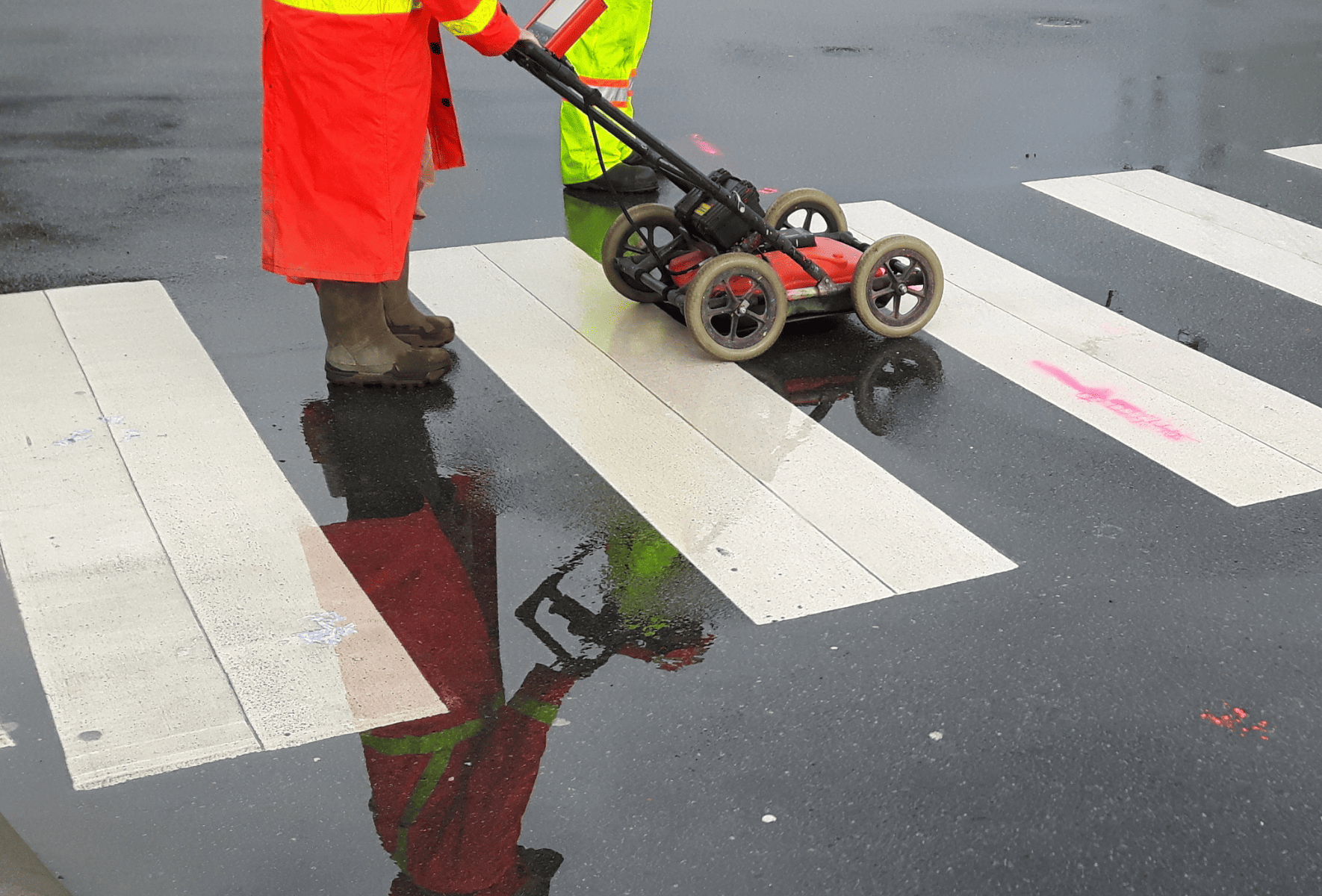When conducting excavation projects or renovations, the first thing to do is locate utility lines. This is crucial in avoiding unwanted accidents such as burst pipes, power outages, gas leaks, and injuries. Not only will these accidents delay your project, but they are also costly.
Utility location determines the location of public utility lines like electricity, water, sewage, and telephone lines. With today’s technology, there are several ways of conducting utility locations to track the vast underground network of utility lines. Depending on the situation, one may be a better method than others.
Electromagnetic Locating
Electromagnetic locating is a non-invasive method of underground utility location that relies on an electromagnetic locator, also known as a pipe and cable locator. This helps locate, trace, and map out utility lines through electromagnetic frequency.
An electromagnetic locator consists of a transmitter, which sends out signals, and a receiver, which receives the frequencies reflected by objects that are metal or conductive materials. Thus, electromagnetic locating is best to find metals such as pipes and electrical ducts, making it one of the most accessible utility locating methods today.
Ground Penetrating Radar
Ground penetrating radar (GPR) locates utility lines using high-frequency radio signals. The GPR sends out radio signals onto the ground, and anything underground reflects the radio frequencies to the radar’s receiver, where they are stored in digital media.
Similar to electromagnetic locating, ground penetrating radar is a non-invasive utility locating method used to detect underground utilities. However, it has stronger underground detection capabilities than electromagnetic locating.
It can determine the size and depth of underground objects, making it the preferred choice of utility location when pipes are beyond 10 to 15 feet deep. Most commonly, this technology is used to locate buried pipes, tanks, utility holes, and cables that typically cannot be located using ordinary methods.
Vacuum Excavation
Salt, shale, or clay in soil interferes with non-invasive underground utility location methods like electromagnetic locating and GPR. In such cases, it’s better to do vacuum excavation.
Also known as hydro excavation, soft digging, or potholing, vacuum excavation is a type of mildly-invasive utility location procedure that uses high-pressure water or air to break soil apart and vacuum it into a tank in order to clear a path toward utility lines.
Utility Locating Services
Whether you’re doing a small project or major home renovation, it’s always best to err on the side of caution. Rather than trying your luck and accidentally damaging utility lines, hire professional utility locating services.
Utility location requires the use of special equipment that only professionals can properly operate. Not to mention, good utility locating services come with technical advice on how to distance yourself from pinpointed utility locations when excavating.
Avoid unexpected and costly accidents by reaching out to Util-locate, the best underground digging company offering private utility locating services in Southern California!

